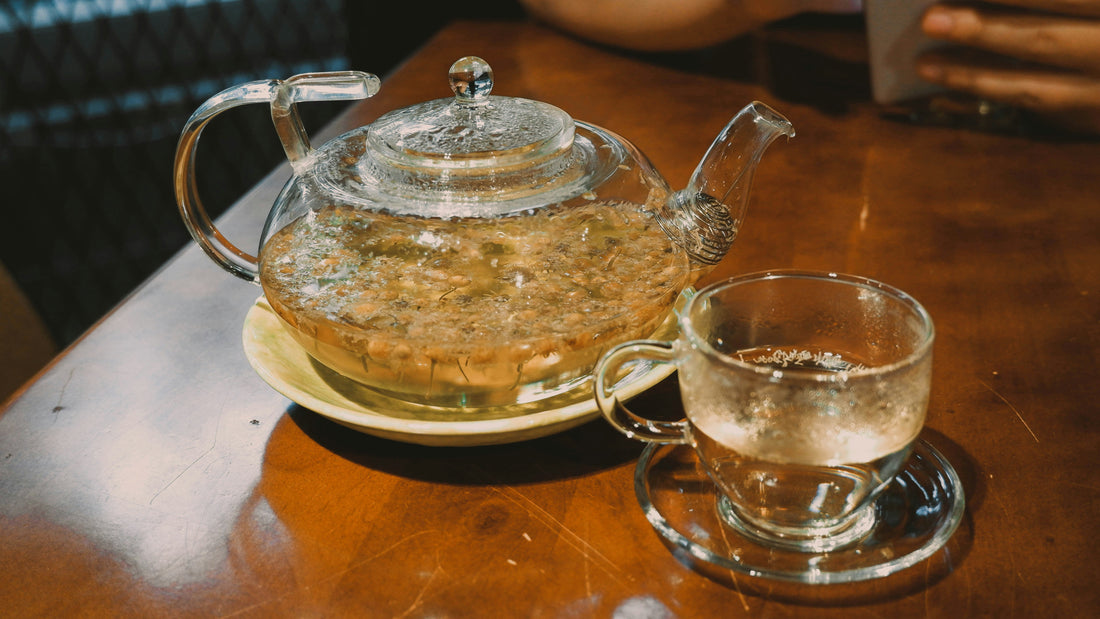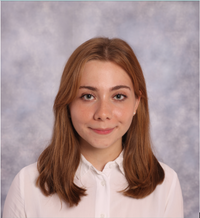
Traditional Korean Medicine and the Legacy of Heo Jun
Daebak InternsShare
Roots of Korean Medicine
Traditional Korean medicine, known as hanbang (한방), has been practiced for centuries as a system rooted in balance, harmony, and the connection between humans and nature. While it shares foundations with traditional Chinese medicine, Korea developed its own distinct practices. The core idea is that illness arises from imbalance between yin (음) and yang (양), the body (몸) and the spirit (정신), or the individual and their environment.
Treatments aim not just to eliminate symptoms but to restore equilibrium. Common methods include herbal medicine(hanyak, 한약), acupuncture (chimsul, 침술), moxibustion (tteum, 뜸), and cupping (buhang, 부항). Preventive approaches such as seasonal diets (계절 음식), lifestyle moderation, and attention to natural rhythms are also emphasized.
Heo Jun: The Physician of the People
Among the many figures in Korean medical history, Heo Jun (허준, 1539-1615) stands out. Serving as a royal physician during the Joseon dynasty (조선시대), Heo Jun devoted his life to making medicine accessible beyond the royal court.
His greatest work, the Dongui Bogam (동의보감, “Mirror of Eastern Medicine”), was completed in 1613. Written partly in hangul (한글), Korea’s alphabet, the text could be read by ordinary people rather than only scholars trained in classical Chinese. Heo Jun also emphasized using local herbs and remedies that were affordable for commoners. Because of this, he is remembered not only as a physician but as a compassionate figure who bridged class divides.
The Dongui Bogam and Its Significance
The Dongui Bogam (동의보감) is divided into sections covering internal medicine (내과), external medicine (외과), gynecology (부인과), pediatrics (소아과), and the use of medicinal herbs (약재). More than a list of cures, it lays out a philosophy: true health depends on prevention, balance, and alignment with nature.
Its influence spread widely across East Asia. For centuries, it served as a medical reference not only in Korea but also in China and Japan. In 2009, UNESCO inscribed the Dongui Bogam into the Memory of the World Register, recognizing its enduring cultural and scientific value.
Practices and Principles
Many treatments recorded by Heo Jun remain familiar in Korea today:
- Herbal medicine (한약): Remedies made from roots, leaves, and minerals. Ginseng (인삼) is the most famous, praised for boosting vitality and immunity.
- Acupuncture (침술): Fine needles applied to points along meridians (경락) to restore energy flow.
- Moxibustion (뜸): Burning dried mugwort (쑥) near the skin to improve circulation and relieve pain.
- Cupping (부항): Heated cups placed on the skin to draw out stagnation and ease muscle tension.
- Dietary therapy (식이요법): Seasonal eating and moderation, reflecting the belief that food is medicine.

These methods echo Heo Jun’s holistic view: that healing should support the body’s natural rhythms and emphasize prevention as much as cure.
Hanbang in Modern Korea
In contemporary Korea, Western biomedicine dominates hospitals, but hanbang (한방) is far from obsolete. Clinics offering acupuncture, herbal remedies, and cupping are common in cities and towns. Many Koreans use both systems together: Western medicine for surgery or acute care, and hanbang for chronic pain, fatigue, stress, or overall wellness.

Beyond clinics, hanbang has also entered daily lifestyle culture. In Seoul, for example, you can find cafés that serve traditional herbal teas and tonics inspired by classical prescriptions. Some coffee shops even combine modern espresso menus with hanbang infusions ginseng lattes, jujube tea (대추차), or ginger tea (생강차). These spaces make centuries-old remedies part of everyday routines for young professionals, students, and tourists alike.
Korean medical universities train both Western-style doctors (의사) and licensed practitioners of traditional medicine (한의). National insurance even covers some treatments, such as acupuncture, showing that hanbang is integrated into the official healthcare system.
Still, debates persist. Critics question the scientific rigor of certain remedies, while supporters point to centuries of accumulated knowledge, patient trust, and modern adaptations. The coexistence of both systems reflects Korea’s pragmatic approach: instead of choosing one or the other, many people embrace both.
Heo Jun in Culture and Memory
Heo Jun’s legacy goes beyond medicine. He is celebrated in popular culture as a symbol of compassion and dedication. The long-running television drama Heo Jun (허준, 1999-2000) depicted his struggles and triumphs, introducing him to younger generations. His story highlighted not only medical achievement but also social justice: the belief that care should be available to all, regardless of class.
Through these retellings, Heo Jun has become a cultural icon remembered not just as a skilled physician but as a moral figure whose values still resonate.
Conclusion
Traditional Korean medicine (한방) is a living tradition. Grounded in harmony and balance, it was shaped by figures like Heo Jun, whose Dongui Bogam remains a cornerstone. Today, it coexists with Western biomedicine, offering preventive care, holistic treatments, and a perspective that health is more than the absence of illness.
One of the places most closely tied to his legacy is today known as Café 혜민당, located near Gyeongbokgung Palace in Seoul. This site once served as a dispensary where Heo Jun prepared 한약 (herbal medicine) and treated patients. Now a café, it preserves the atmosphere of its past, allowing visitors to experience the roots of Korean medicine in a modern setting while literally sitting where history was made.

From UNESCO recognition to Seoul cafés that reinvent herbal tonics for modern palates, hanbang continues to evolve. Heo Jun’s vision reminds us that medicine is not just science but also humanity. Four centuries later, his emphasis on accessibility, prevention, and compassion continues to guide how Koreans view health: not as a battle against disease, but as a lifelong practice of balance between body and mind, person and nature, past and present.

